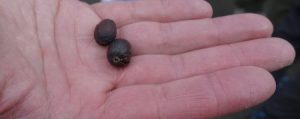
Like many people around the world, I begin my day with a cup of coffee. Until I visited the Doka Estate in Costa Rica, I knew very little about a coffee bean’s journey.
Doka Estate is located on the fertile slopes of the Alajuela Poas Volcano. This plantation in Alajuela, Costa Rica has existed for more than 70 years. It has the oldest wet mill in the country.
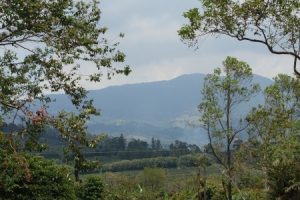
The informative Doka Estate Tour allowed me to acknowledge my ignorance. It simultaneously helped me appreciate the complexity of coffee bean production around the world. Yeah, it’s safe to say that I’ll never look at my morning cup the same way again.
I’m assuming that most people are equally as ignorant. That’s why I’m going to share 20 facts that I learned from my Doka Estate Tour.
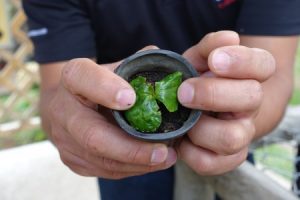
Growing Coffee Beans
- Coffee plants can live for 50 to 100 years. However, after 30 years the quality and production decrease.
- The harvesters fill bags that weigh approximately 28 pounds and receive $2.00 in compensation for each bag.
- The average worker fills 10 bags and earns $20 for his efforts.
- One plant will produce 28 pounds of fruit.
- After the bean is processed and roasted the initial harvest has been reduced to approximately 6 pounds.
- Peaberry beans are genetic mutations. They are softer and have a round shaped. Many consider them sweeter than the other beans.
- Banana plants are used as wind breakers and as a deterrent to certain harmful insects.
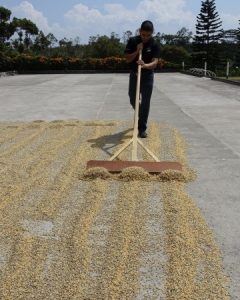
Coffee Production
- Coffee grains are separated in water. The good ones sink while the bad ones float.
- Coffee grains are peeled by machine. The outer layer is used for compost.
- The remaining part undergoes a fermentation process where the natural enzymes are broken down.
- Higher quality coffee beans are dried outside and raked by hand while lower quality coffee beans are dried in machines.
- The coffee beans with parchment sit in bags for 3 months to 3 years while ones without parchment sit for 1- 1/2 years.
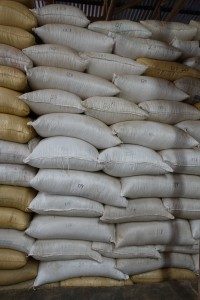
Coffee Roasting
- The coffee beans are roasted at 200 degrees Celsius in a rotating drum.
- European Roasted Coffee is roast for 15 minutes. It has more caffeine and acidity.
- Medium Roasted Coffee is roasted for 17 minutes. It has a darker color and less caffeine
- Peaberry is roasted for 17 minutes. It is considered an even roast and can taste sweeter.
- Expresso is roasted for 20 minutes. This results in a shinier surface and the darkest color. It has the least amount of acidity and caffeine.
- House blends tend to balance sweetness and acidity.
- Decaffeinated Coffee can be processed by using a chemical treatment or by using water.
- Doka Estates sends its coffee beans to Germany to undergo the healthier water treatment.
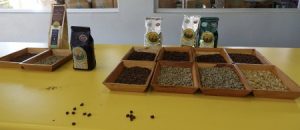
Educational outings such as the Doka Estates tour provide an abundance of facts and general information. After taking this excursion, I have a new appreciation of a coffee bean’s journey.
Do you have a favorite educational tour?
RELATED BLOGS
Chorotega Pottery: a dwindling Costa Rican art
Poás Volcano National Park, Costa Rica
Zip-lining in Costa Rica—Exhilarating
Costa Rica white water rafting along the Rio Sarapiquí i
Five of My Favorite Outdoor Adventures in Costa Rica
Hidden Gems: Discovering the National Theatre of Costa Rica
BIO
Sandra Bornstein is the author of MAY THIS BE THE BEST YEAR OF YOUR LIFE It is available on Amazon.
Sandra’s memoir highlights her living and teaching adventure in Bangalore, India. She is a licensed Colorado teacher who has taught K-12 students in the United States and abroad as well as college level courses. Sandra is married and has four adult sons.
The memoir was a finalist in the Travel category for the 2013 Next Generation Indie Book Awards, the 2013 International Book Awards, the 2013 National Indie Book Excellence Awards, 2013 USA Best Book Awards, and a Honorable Mention award in the Multicultural Non-Fiction category for the 2013 Global ebook Awards.
Leave a Reply
You must be logged in to post a comment.